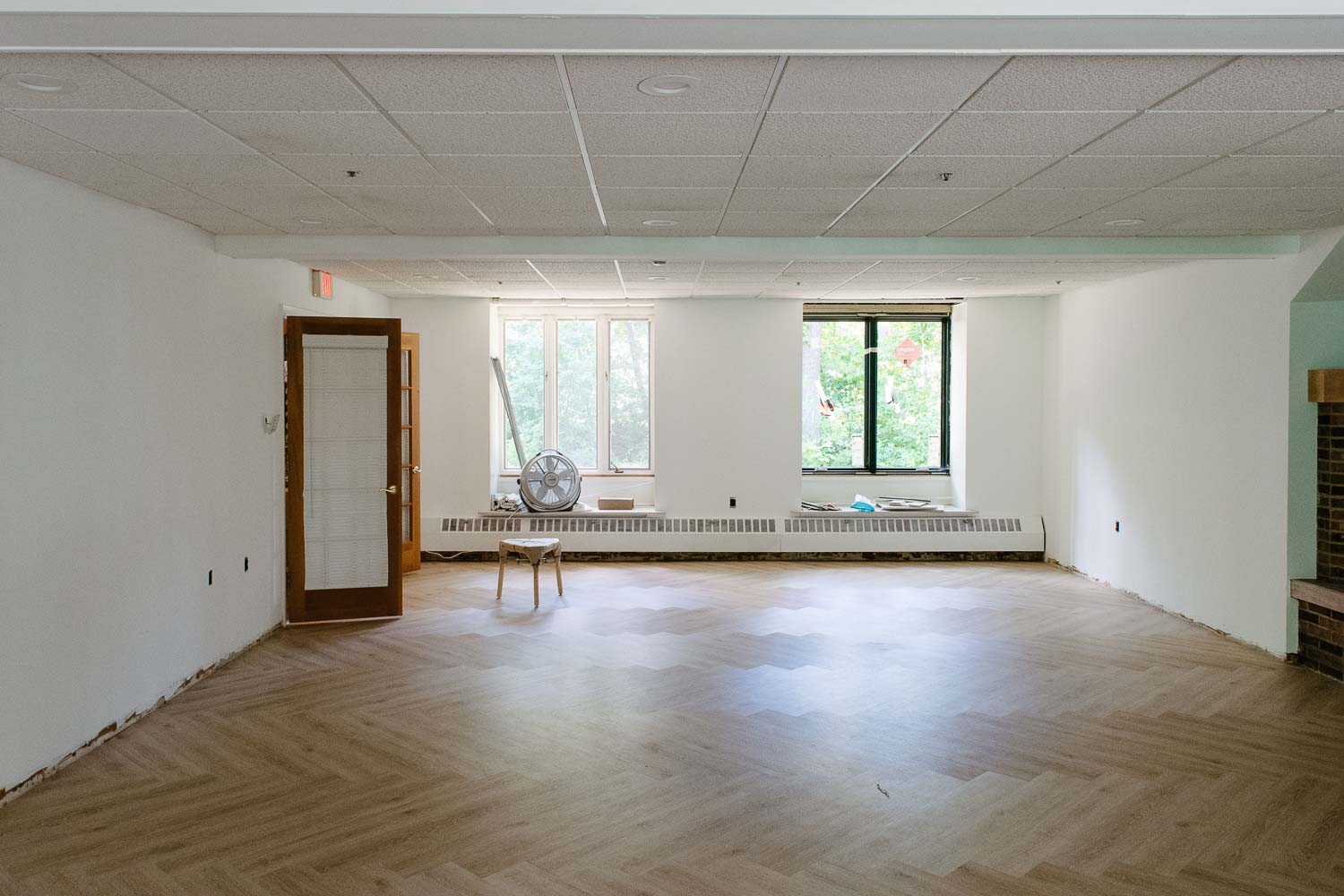The Scary Thing About The Colonial Electrical
/We've been in our new (old) Historic Colonial for a few months now and have been settling in well; although it is a huge transition from our tiny Historic Craftsman we previously owned. Having previously owned an older home we (somewhat) knew what we were getting ourselves into in regards to this Colonial built in 1847. The previous Colonial's owners had lived here 47 years, and when someone has owned a home for that length of time it can mean building code updates weren't mandated since the structure wasn't actually remodeled and didn't switch hands. In this case, it meant the Colonial electrical needed some serious work before it would even be insured.

If you are in the market for a historic home or find yourself looking at a home built prior to the 1940's, there is a chance that it has, or has some Knob and Tube (K&T) wiring. This makes running modern day appliances, and undertaking projects such as insulation very difficult. If the seller knows of it, K&T wiring is often listed in the disclosures in the home listing.
Knob and Tube wiring is a method of wiring that was used in the late 1800's through to the 1930's. While it is safe if in good condition, undisturbed, and not over-loaded, home-owner's insurance is going to require it be remediated due to the risk of it being a fire hazard.
Our home, having been built in 1847, and even having had numerous electrical updates, including a panel with circuit breakers and some upgraded wiring, there was still had some knob and tube; luckily less than what was originally thought, but there were several other electrical problems that took the place of the savings of having less K&T.
Our first dollars (lets just say several thousand of them) went to full elimination of all Knob and Tube wiring, a new 200 amp panel, meter and socket, as well as a manual generator transfer switch.
The transfer switch allows for a generator to be plugged in to the house during a power outage, which allows for the heat, and chosen lights to be run. After the October Snow of 2011 where we were without power for three days in the freezing cold, a generator and transfer switch became a must for us. If you are getting all of this work done its usually cheaper to have the "extras" like a transfer switch, installed at the very same time.
Luckily, this electrical overhaul also resulted in the discovery of several problems that could have had serious consequences. When I say serious consequences I mean the electrician was surprised each and every day that the house hadn't ever burned down. These consequences included;
-A bad ground on the dryer service (so bad that the dryer was arc-ing to the washer to get it's ground). What does that really mean? See that burn mark on the side of the washer??? SCARY.

-Live K&T wiring left in the wall, yep just hanging out waiting to start a FIRE.
-Extension cord type wiring used to power numerous outlets (extension cord you guys!) We found out that this is of particular concern since mice will easily chew on the extension cord and then well.....FIRE. Lets face it a 1847 Colonial can have its fair share of mice.
-The socket that the outside meter plugged in to had significant burn marks inside.

Other issues included several broken or loose wall plug and outlet boxes (the whole plug or switch would move when used). Outlets and wires running through the baseboard heater frames was another concern for our electrician, he had never seen such such a thing.
Unfortunately, each of these issues were discovered as the project progressed, which led to outright fear every time our electrician wanted to talk to us.
Although, he walked us through every step and gave us numerous options. For the outlets that were being run with extension cord and some of the K&T outlets, we were able to eliminate a number of them due to the excessive number of outlets in rooms.
We also lost a few ceiling lights (1 of 2 in the master, and 1 of 2 in the living room) although we could have had them re-wired, the work would have been excessive, and the bill was already on the rise. You can see the two ceiling chandeliers below, we lost the one closest to us, check out the living room progress reveal for all the details.

We have since updated the one remaining ceiling fixture and added wall sconces to the other side of the room.


While this wasn't a renovation that changed the aesthetics of our home, it certainly gave us piece of mind in the safety for our family, and that's always worth it. Who am I kidding, Susie used the opportunity to update as many light fixtures as she could get her hands on, and I'm sure we will be buying or DIY-ing new ones any day now!






























